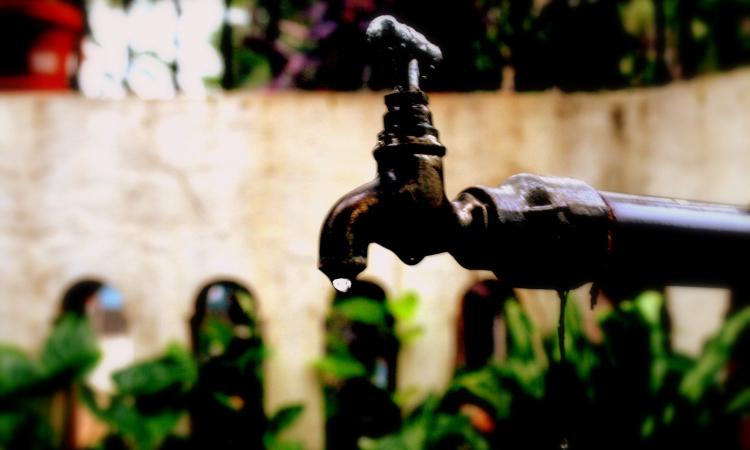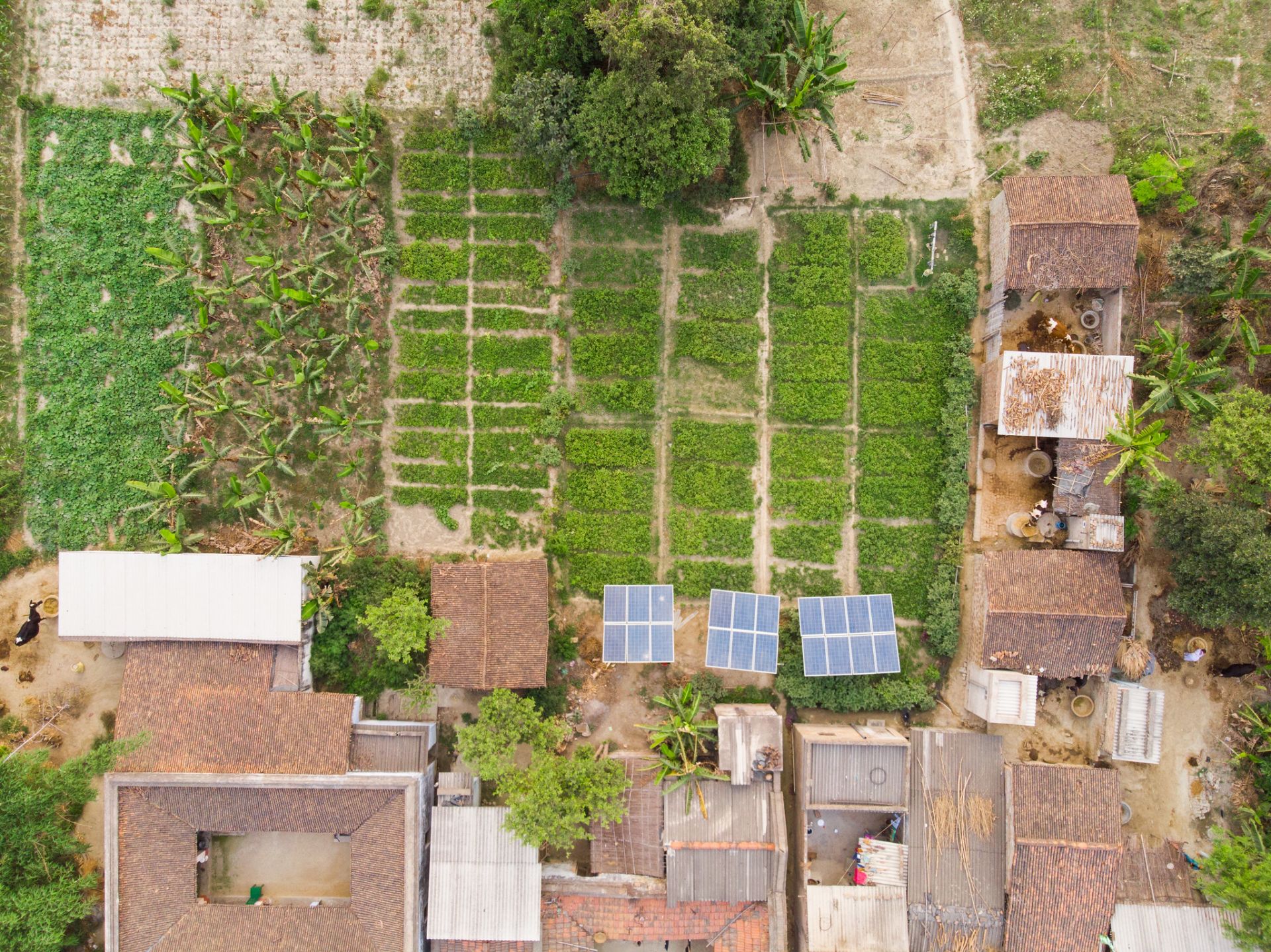
Finance Minister Nirmala Sitharaman’s budget announcement on February 1, 2020 made a push for piped rural drinking water supply and promised full coverage of all households by 2024. Last year, the National Rural Drinking Water Mission (NRDWM) was restructured and subsumed into Jal Jeevan Mission. The programme aims to provide functional household tap connections to every rural household for drinking, cooking, and other domestic needs by 2024 with a service level of 55 litres per capita per day (lpcd). The cabinet had approved Rs. 3.6 lakh crore for this scheme. But, has the budget been able to allocate enough to turn this into a real fact.
Piped water supply, a top priority
The flagship rural drinking water programme was allocated Rs. 11,500 crore, an increase of mere 15 percent in the budget allocation for 2020-21. “It is perhaps too much to expect that allocations for 'water' would be drastically more in the overall backdrop of declining social sector investments at a time when the overall economy also seems to be shrinking. Nevertheless, the overall allocations for water spread across four ministries showed a marginal increase of 6 percent over last year's allocations and is 8 percent higher than last year for the Ministry of Jal Shakti. More than the quantum itself, it would be good to see where and how the money gets spent,” says Bishwadeep Ghose, Director Programmes, Arghyam.
This marginal rise in outlay is a matter of concern considering that just 21.4 percent of India’s households have access to piped water, as per the latest National Sample Survey report. At least 189.7 million rural habitations are getting less than the norm of 40 lpcd in the rural water supply schemes for providing potable water, as per the Ministry of Jal Shakti. Considering this, the outlay in Jal Jeevan Mission is not enough to meet the piped water dream.
Further, while targets are in place, there is no specific roadmap on rural water supply scheme. “More importantly, it would be good if the provisions under the budget are used to convert expenditure into long term reusable assets for empowering communities that can also be used by other ministries during and beyond this programme. These assets could include creating a strong water cadre, knowledge, content for training, data, water budgets etc., that are easily discoverable and usable by anyone,” adds Ghose.
Over time, the country has seen governance reforms in the rural water sector and as a part of that communities have been placed in charge of their own water supply systems. New models of service delivery have been devised for that and appropriate institutional structures developed. The last few decades has seen a push in terms of user involvement - from being passive recipients of state delivered water supply services to becoming owners and providers of services.
Building mass-production piped schemes
The Jal Jeevan Mission under the Jal Shakti Ministry is also a part of this attempt to adopt a demand responsive approach to piped drinking water supply. “As Jal Jeevan Mission combines the mandates and resources under the erstwhile ministries of Ministry of Water Resources and Ministry of Drinking Water and Sanitation, the new guidelines for the mission reflect this tension. One follows a more ecosystem based distributed approach and the other a more infrastructure based corbusian design. And the guideline presents a somewhat contrived juxtaposition of both,” says Ghose.
The guideline so far does not lend clarity as to what model will be adopted for piped water supply across rural India and whether they will be able to ensure sustainability and scalability. “Also, the intent of Jal Jeevan Mission is aspirational but the approaches per se are not new, except perhaps the introduction of grey water, as succinctly captured in the historical perspective section of the guidelines. So unless, we do things differently now, the aspiration of moving the needle of piped water coverage from 20 percent to 100 percent in any meaningful way, may continue to remain a pipe dream,” says Ghose.
Thrust on groundwater - a step forward
The past few decades have seen a massive rise in groundwater extraction with the country becoming the largest user of groundwater worldwide. India is pumping out 25 percent of the world’s groundwater. “The Atal Bhujal Yojana has been a much awaited and a much-needed programme for India where 85 percent rural, 48 percent urban and 60 to 70 percent agricultural dependencies are on groundwater,” says Harshvardhan Dhawan, Senior Manager – Programmes, Arghyam.
The programme that has been allocated Rs. 200 crore this year was much needed considering that over half of India’s districts are threatened by groundwater depletion or contamination. At current rates, 60 percent of India’s districts are expected to see groundwater tables fall to critical levels within two decades, placing at least 25 percent of the country’s agriculture at risk.
“A first of its kind programme with a comprehensive focus on all aspects related to water – groundwater in particular incentivizes behavioural change for synchronized and joint plans, comprehensive design, and robust implementation, which in turn is linked to strengthening institutional systems and information frameworks. The programme includes key components on capacity building to develop a cadre of resource persons at local levels, integrating supply and demand, data monitoring and disclosure for enabling decision support systems, strengthening resource and adoption of water use efficiency practices for participatory groundwater management,” says Dhawan.
The programme to strengthen the institutional framework for participatory groundwater management is expected to benefit 8,350 gram panchayats in seven states. For the first time, there is a programme that gives priority to community based groundwater management.
“The comprehensive focus and integration of different elements that are required for the roll out, planning, implementation and management of the programme mandates synchronized and joint action plans for different programmes while also ensuring that it gets embedded in bottom-up approach from individual villages to gram panchayats for water and livelihood security plans. In this context, the initial allocation along with other programmatic funds and World Bank component will help in the roll out of the programme in the states faced with groundwater crisis. However, based on earlier experiences, reimagining of the programme and design for scale needs to be at core, to ensure programmes avoid reinvention while building on existing strengths and also should start at higher levels,” adds Dhawan.
The execution of the Atal Bhujal Yojana will be based on groundwater maps created by existing agencies under programmes such as the National Aquifer Mapping and Management Programme. It remains to be seen if the gram panchayats can decipher the maps and use them. “In this process, deciphering of guidelines, demystifying and sharing of multidisciplinary knowledge, streamlining of processes, enabling mechanisms for all stakeholder participation, on boarding of skilled human resources, facilitating collective action for swift decisions needs to be ensured for the programme success. Later in the programme, based on emerging needs and plans, this will enable flexibility, agility and a proportionate increase in all kinds of resources to achieve desired outcomes and impacts,” says Dhawan.
Solarising pumps in ‘wastelands’

To deal with water-stress-related issues, the government is proposing comprehensive measures for 100 water stressed districts. The Kisan Urja Suraksha Evam Utthaan Mahabhiyan, or KUSUM scheme with an allocation of Rs. 300 crores proposes to remove farmers’ dependence on diesel and kerosene and link pump sets to solar energy. The scheme is being expanded to provide 20 lakh farmers for setting up stand-alone solar pumps with the solar panels ensuring 'free' power during the day time to operate it.
Further, another 15 lakh farmers will solarise their grid-connected pump sets and sell surplus energy. The scheme will enable farmers to set up solar power generation capacity on their fallow or barren lands and its sale to the grid is being operationalised. The budget also announced a proposal to use railway land along the tracks to set up solar grids. The relevance of barren wastelands in ecological and economic terms i.e., as to how these lands sustain the livelihoods of communities has not been taken into consideration while designing the scheme.
“The use of solar photovoltaic panels for heavy duty irrigation pumps is economically and environmentally inefficient because even for a 3HP pump a minimum of 5KW of panels has to be deployed at a huge cost. It is much more efficient to gasify agri-biomass, which is hopelessly burnt at the moment creating pollution problems. The pumps can be run with the gas instead. The technology is well developed and cheap and the excess electricity generated after running the pumps can be fed into the grid,” says Rahul Banerjee, a social activist and development researcher.
Besides, it is feared that KUSUM which involves adoption of off-grid solar-powered agricultural pumps to meet the irrigation needs could actually lead to over-exploitation of groundwater, examples of which have already emerged in drought-hit regions in Maharashtra. In parts of Vidarbha and Marathwada, these solar pumps are of no use as water sources dry up for over four months in a year.
Overall, from the perspective of water sector, the budget is high on optics even though supported by insufficient allocation. It remains to be seen as to how the actual delivery will happen and whether it will bring relief to the poor.
/articles/budget-2020-allocation-enough-meet-piped-water-dream